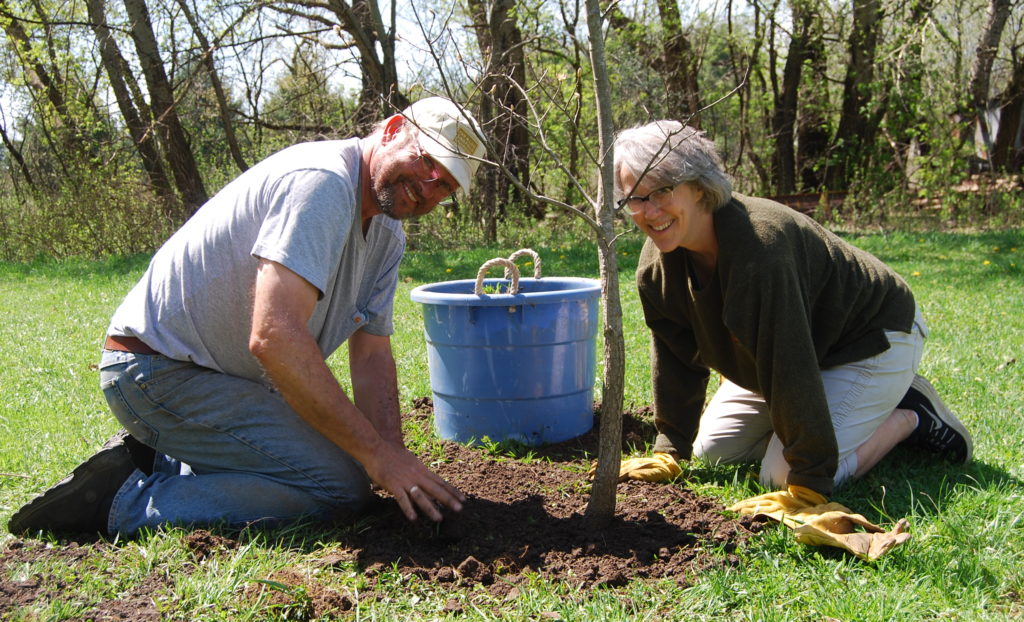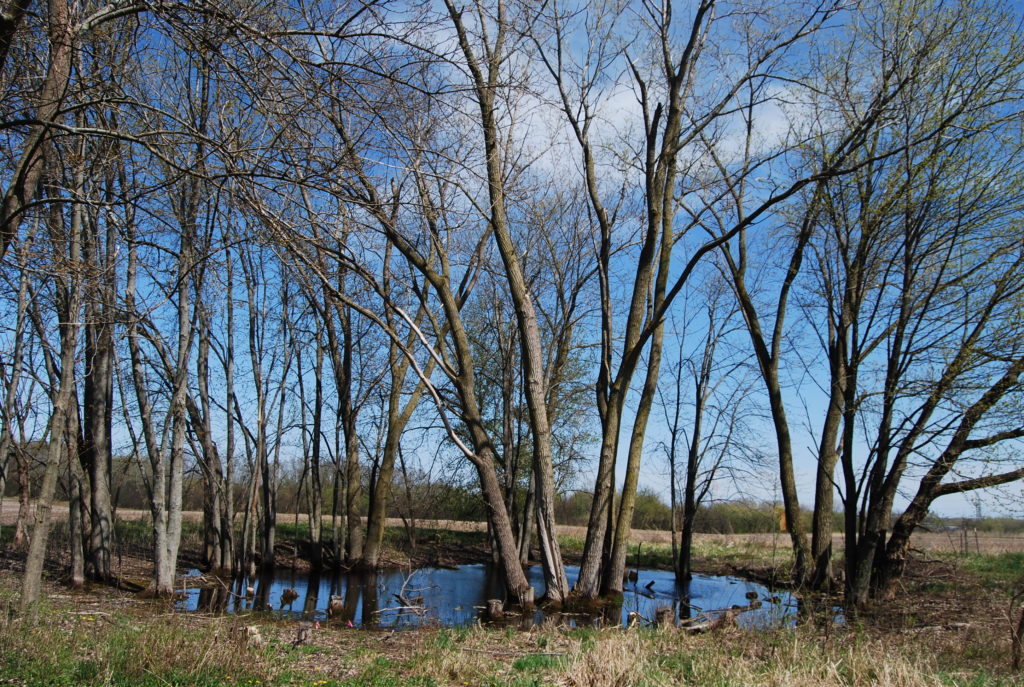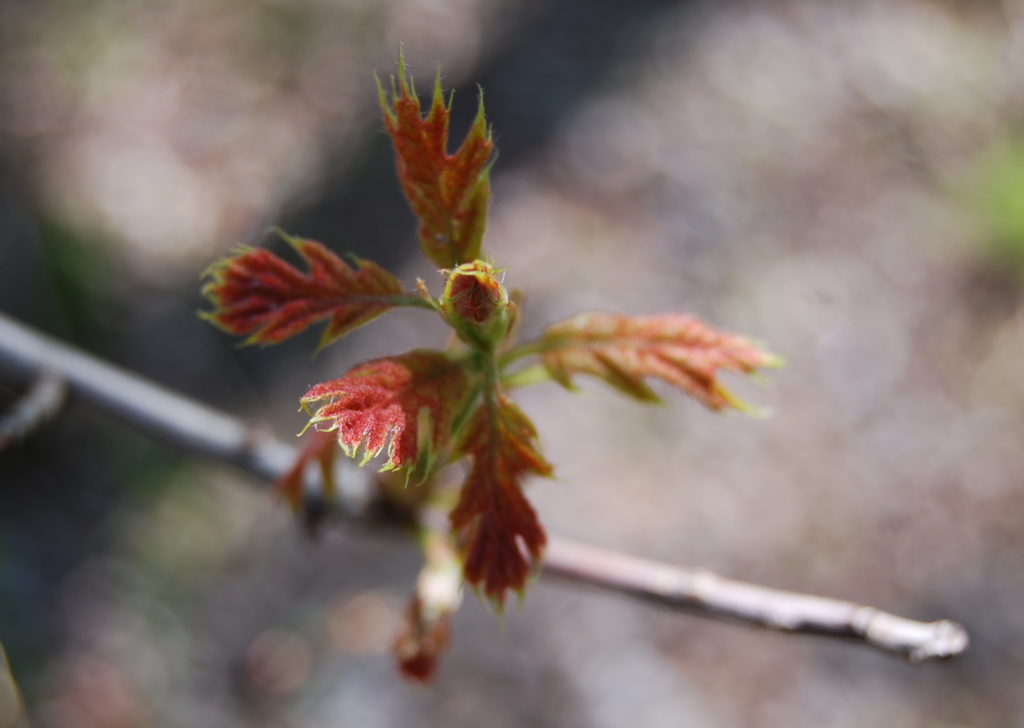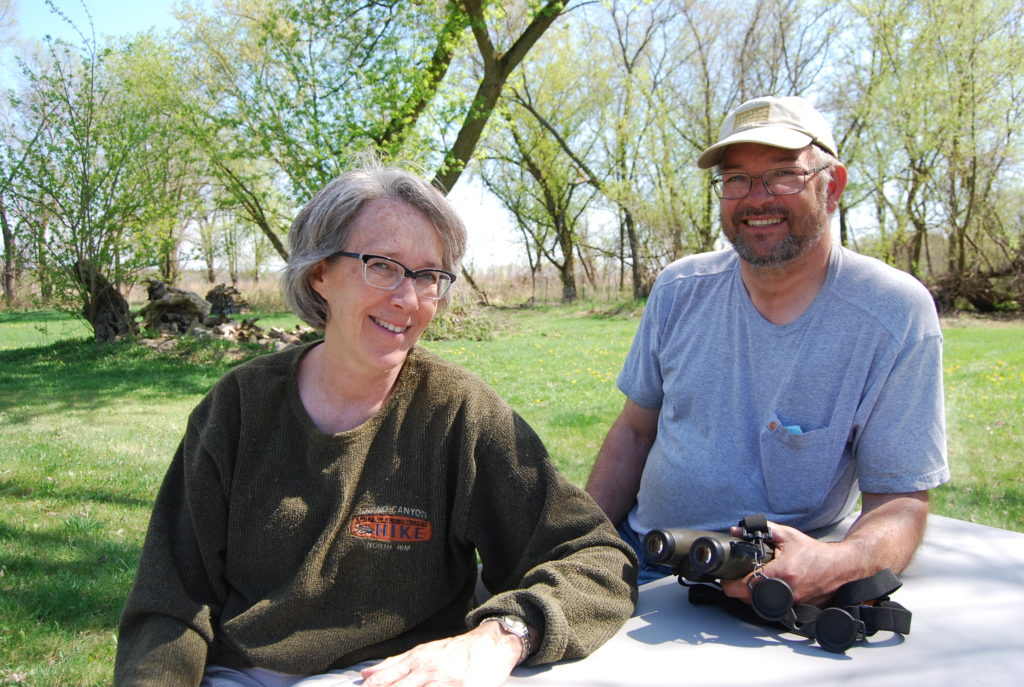 In a recent post I wrote that whole faith Christians will work to bring more life to the corners of God’s earth they hold, keep, and use. And they will do so even when the culture of land use around them creates pressure to do otherwise.
In a recent post I wrote that whole faith Christians will work to bring more life to the corners of God’s earth they hold, keep, and use. And they will do so even when the culture of land use around them creates pressure to do otherwise.
Whether that corner is an urban yard, a suburban lot, a rural property, or a farm, there are creative ways to bring more life to the parcels of land under our care. Figuring out those ways is one of the pleasures and challenges of being human. Over time I want to share profiles of what Christian land stewardship looks like in real life.
In August, I shared the story of David and Dianda Easter. In this post, you will read about Jeff and Lori Sundberg.
As their daughters went off to college and life after college, Jeff and Lori Sundberg had been thinking about where they wanted to move to for their next phase of life. They lived in a neighborhood in the prosperous town of Libertyville, Illinois. They were long time members of First Presbyterian Church of Libertyville. They had good jobs at nearby Lake Forest College. Yet, they knew that in their approaching retirement they wanted to be in a more rural place.
When Lori had lunch with the husband of her boss who had recently passed away, she didn’t know she would receive insight that would impact their decision on exactly where to move. The husband shared that he and his wife had also had conversations about where to retire to and had talked about different places here and there.
But then they had come to an important realization. “Why,” they had asked each other, “would we want to move away from our community when we’re approaching the time of our lives when we really need our community?”
This resonated with Jeff and Lori. So when they became aware of a 10-acre property on the northern edge of Libertyville in an area where public and private people and organizations had largely preserved its rural landscape character, they were intrigued. Five of the ten acres were in agriculture. The other five included a house that needed to be demolished, a large shed, a small wetland overgrown with nonnative plants, and a small woods also overwhelmed with invasive non-native plants. It was not a posh, pristine place, but they saw potential. They especially liked all of the open space around the property. In September 2015, they purchased it.
This is where a bit of backstory on Jeff is helpful. In addition to being a professor of liberal arts, business, and economics, he is an avid birder who has seen and identified 625 bird species to this point in his life. His ability to share a wealth of bird knowledge in entertaining, vivid, and funny ways makes him in constant demand for talks and for leading bird tours. He has served on the board of local and regional conservation organizations as well and volunteers for workdays restoring natural areas. He saw the land through an ecological lens.
“Some people like to rescue dogs,” says Jeff, “and I felt like this land needed rescuing.”
He explains further. “The land needed rescuing from us. The property was full of stuff that had been planted here on purpose that doesn’t serve any ecological purpose. It was also full of plants that had just come in here because they’re invasive and don’t serve any ecological purpose. An example is the Siberian elm. They are one of the least useful wildlife trees in North America. There’s almost nothing that eats them. They’re all over the place, and they spread like crazy.”
Jeff and Lori began rescuing the land by removing as many of the non-native trees, shrubs, and other plants as they could. This was hard work.
Lori is honest about her level of initial interest in tackling the ecological problems of their new property.
“Before we started the removal of the invasive plants, I didn’t think anything about rescuing the land. And I really didn’t see myself restoring property in my retirement plan.”
“But then when we started in on it and Jeff was showing me the Oriental bittersweet and other invasive plants, I got really into it. At one point Jeff gave me a whole patch of brush back there and a weed wrench and said, “Take out everything.” It was fun.”
“She had never used a weed wrench before,” says Jeff proudly, “but she was an unstoppable force.”
As they removed invasive non-native plants, they also began planting a wide variety of native plants indigenous to the area. They’ve planted over 140 trees and shrubs. The tree species have included six different kinds of oaks as well as two hickory species. The shrub species have included viburnums, ninebark, American bittersweet, hazelnut, and witch hazel. They’ve also seeded prairie plants in the open areas, woodland plants amongst the wooded areas, and wetland plants in and around the wetland.

When Jeff and Lori first purchased their property, this wetland was not visible due to the massive wall of invasive brush that had grown up over time. Since they opened up the area, turtles have returned and frogs have become abundant.
“We’re just trying to undo some of what humans have done or allowed to do to the property,” says Jeff.
There have been signs they are on the right path. “In the woodland, all the native grasses came up right away after the seeding,” says Jeff. “And all of a sudden last year, all these tall bellflowers, were blooming everywhere one day, and it was just spectacular.”
God’s wildlife have responded, too. Turtles have been seen around the pond, after not having been seen at all the first two years. Frog and toad numbers are way up. “We have lots and lots of leopards frogs and chorus frogs and American toads and green frogs,” says Jeff. And Jeff and Lori are seeing tons of birds. While I was there, for example, Jeff pointed out a ruby-throated hummingbird foraging for food.
Jeff has noticed that the birds are mostly seen nesting and foraging in the native trees.

The bud of one of the many oak trees the Sundbergs have planted opens to the glorious green of young oak leaves. Oak trees support an amazing variety of wildlife.
“I think taking care of the earth is part of what Christian stewardship is,” says Jeff. “I don’t in any way think I can make this better than what it used to be, but I’d like to make it closer to what it used to be. I don’t think the earth is here just to give us oil and coal and big muddy pits in the ground.”
“I certainly think there is a Christian element to what we’re doing. Plus it’s fun. When I was out here slaying Oriental bittersweet, it really felt like Onward Christian Soldiers.”
Lori finds that the way their home fits in most with her Christian life is being able to share the inspiring, peaceful setting with her church community. “We’ve had plans to have a silent Saturday out here in the morning,” she says. “I think it would be a good spot for that. There are plenty of places people can spread out, sit, and enjoy nature while doing their meditation or their prayer. We’ve also had deacons’ meetings here.”
“It does feel like a place that has a role to play in other people’s lives and not just ours,” adds Jeff.
They have several pieces of advice for other people who want to restore the beauty and ecological abundance of God’s earth.
1. Volunteer for ecological restoration work days: Volunteering with people who know what they’re doing is a really good way to learn. It can be hard to just take a book and just figure it all out.
2. Not everything will work: “You need to realize that everybody fails in so many ways,” says Jeff, “but especially in what they plant. It would be entertaining, in a dispiriting way, to know how many things I planted that didn’t live a week. That’s just part of the learning process.” Having someone to encourage you and give advice is really important.
3. Keep a record of what you plant and where: Jeff has a spreadsheet of every plant and seed mix they’ve put into the ground. This allows him to track the success and failure of what has been done over time and to make adjustments going forward. Keeping that record will also allow you to feel some satisfaction in what you’ve done over time.

Jeff and Lori live about a mile away from me. It has been wonderful to see the transformation of Jeff and Lori’s property over time. What a world and what a Church we might have if more Christians around the world were committed to rescuing and renewing God’s earth.




